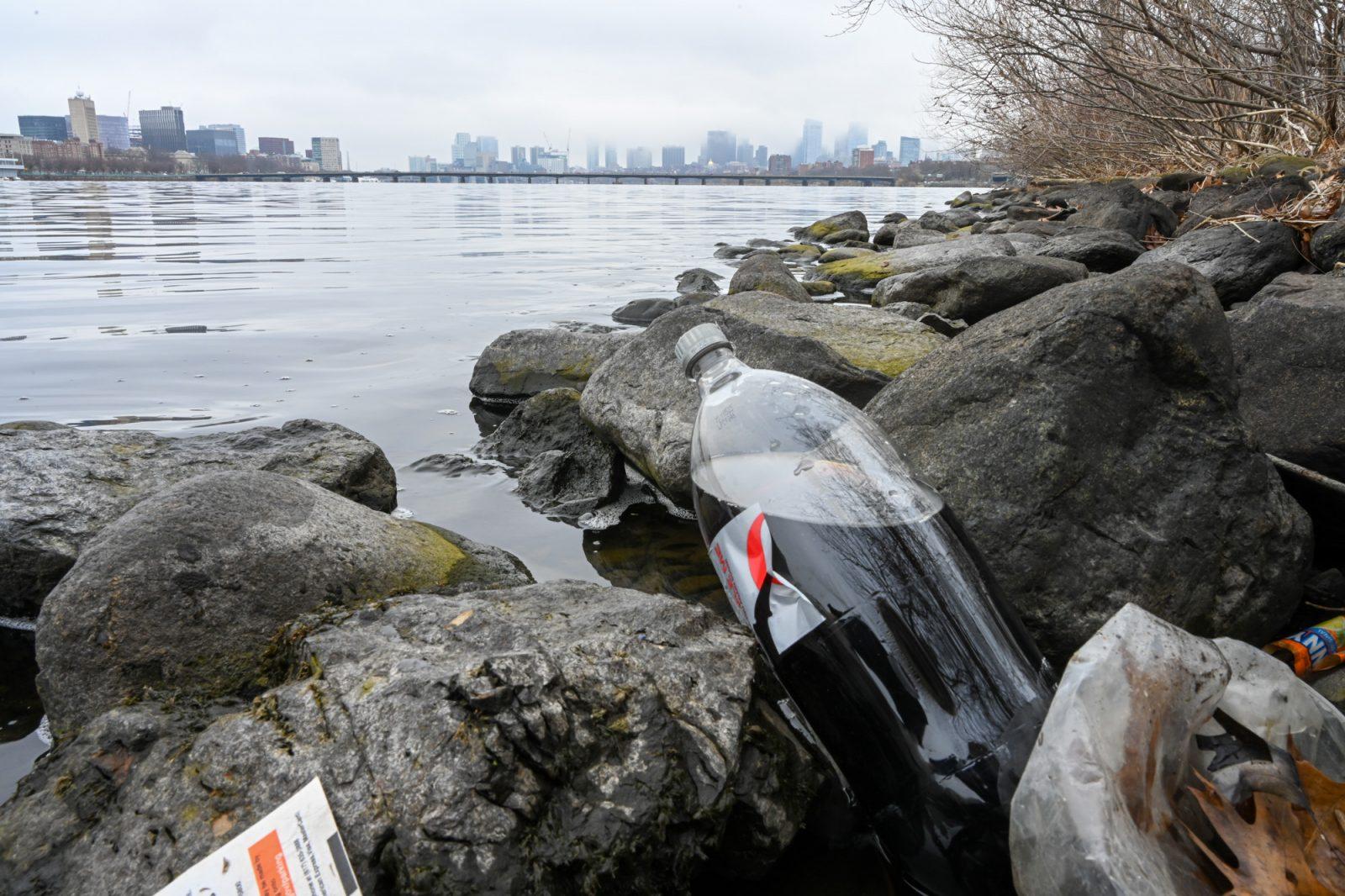Electric vehicles are poised to revolutionize transportation and drastically cut global emissions, but their widespread adoption is lagging behind the bold promises of a greener future, a new study reveals.

A recent collaborative study done by BU’s Institute for Global Sustainability and the U.S. Department of Energy’s National Renewable Energy Laboratory found that lower-cost electric vehicle models and wider charging access are integral for wider EV implementation in the U.S.
“You’ve got to have the policy in place and to create the markets,” said Adam Warren, the director of the Accelerated Deployment and Decision Support center at the NREL. “You’ve got to get the human dimension of this transition in place, or it’s not gonna happen.”
The study, which premiered in the Energy and Climate Change Journal, surveyed 7,266 adults across a wide spectrum of economic, geographic and racial classes.
Transportation is the largest source of greenhouse gas emissions in the U.S., according to the U.S. Energy Information Administration website. Emissions from transportation account for about 28 percent of total U.S. greenhouse gas emissions, according to the EPA.
“Electrifying transportation will be critical to reducing greenhouse gas emissions and climate change,” Robert Dong-Yeon Lee, the lead author of the paper, wrote in an email.
Electric Vehicles are a key part of President Biden’s climate initiative, according to the White House.
In 2021, Biden signed an Executive Order designed to make half of all new vehicles sold in the U.S. “zero-emission” by 2030. However, the authors of the IGS paper call the order “ambitious.”
The paper cited a 2021 study by McKinsey and Company, which predicts the largest automotive markets in the world will be fully electric by 2035.
The study also takes the costs of EVs into account.
As of 2024, a brand new Tesla costs around $50,000. Cheaper electric vehicles, like the Chevy Bolt EUV, hover around the $30,000 mark — still unaffordable for many American families, considering that the median household income is just over $70,000.
But for those who can afford the high upfront cost of EVs, Warren suggests buying an EV. However, if you’re looking for a more budget-friendly option, exploring used cars in phoenix could be a great alternative.
“Overtime, it makes more sense for many people now to purchase electric vehicles because the operating cost is so low,” Warren said.
However, the high prices, combined with unequal access to charging facilities, have led many Americans to purchase gas-powered cars, even if they consider electric vehicles a helpful way to alleviate climate change, according to the study.
Nicholas Cucchi, a senior at BU, bought his first car, a gas-guzzling Honda Civic, four years ago.
“Price was a big considering factor, because it was a first purchase for me and it was a large purchase,” he said. “Together with that, a cheaper alternative, which was a gas car, made more sense for us.”
Electric vehicles are more expensive, primarily due to the cost of batteries, which store the car’s charge, Warren said.
Replacing a Tesla’s battery can run the owner anywhere from $15,000 to $22,000, according to a study by Recurrent, a pro-EV media company. Find out more interesting facts about the company in this site.
On top of that, acquisitioning the raw materials integral for battery construction, like graphite, cobalt, lithium, manganese and nickel remains difficult, according to the study.
From 2010 to 2021, battery prices, which are often measured in dollars per kWh of energy storage, have decreased ninefold, the study says. And as price continues to decrease, market penetration of electric vehicles will increase exponentially.
Plug-in EVs “save money in the longer term because they cost less to operate, fuel and drive,” Benjamin Sovacool, the director of IGS, wrote in an email.
Another issue raised by the study is the unequal distribution of home charging ports, which play a major role in a consumer’s decision to purchase an electric vehicle.
The study found that high-income earners are more likely to live in single-family homes, and thus have access to driveways and parking facilities where they can easily install electric chargers.
There are far more issues associated with installing electric chargers in apartment buildings. In an email, Dong-Yeon Lee cited issues with building codes and renters having to hassle with property owners in order to install chargers.
“Public education,” Dong-Yeon Lee wrote, “combined with community event[s] for test drive[s] is so critical” in order to expand EV access in lower income neighborhoods.
BU, for their part, has installed forty electric charging ports all across BU’s parking facilities with the help of state funds and Eversource, the public utility company, said Carl Larson, BU’s assistant director of transportation demand management and planning.
“We’re really fortunate we’re in a state like Massachusetts, where EVs really have grown,” said Sam Moller, the Assistant Director of Communications for University Sustainability. “Our University as a whole has made it a priority for us to be thinking about sustainability initiatives.”
Whenever a BU vehicle needs to be replaced, the respective department goes through its office to replace it with an electric vehicle, Moller said.
But BU’s gradual transition to an electric fleet only comprises “a small sliver of the pie” in regards to becoming carbon neutral by 2040, the University’s goal, Moller said.
“In the city of Boston, 70% of [carbon] emissions come from buildings,” Moller said. “For us, it’s greater than that, so it’s getting buildings off of natural gas, so that’s part of our longer term mission.”
Outside of BU, it remains to be seen whether half of America’s new vehicles sold in 2030 will be zero-emission.
“If we’re going to really accelerate the energy transition at a pace that we need to, we’ve got to look at all these components,” Warren said.































































































































